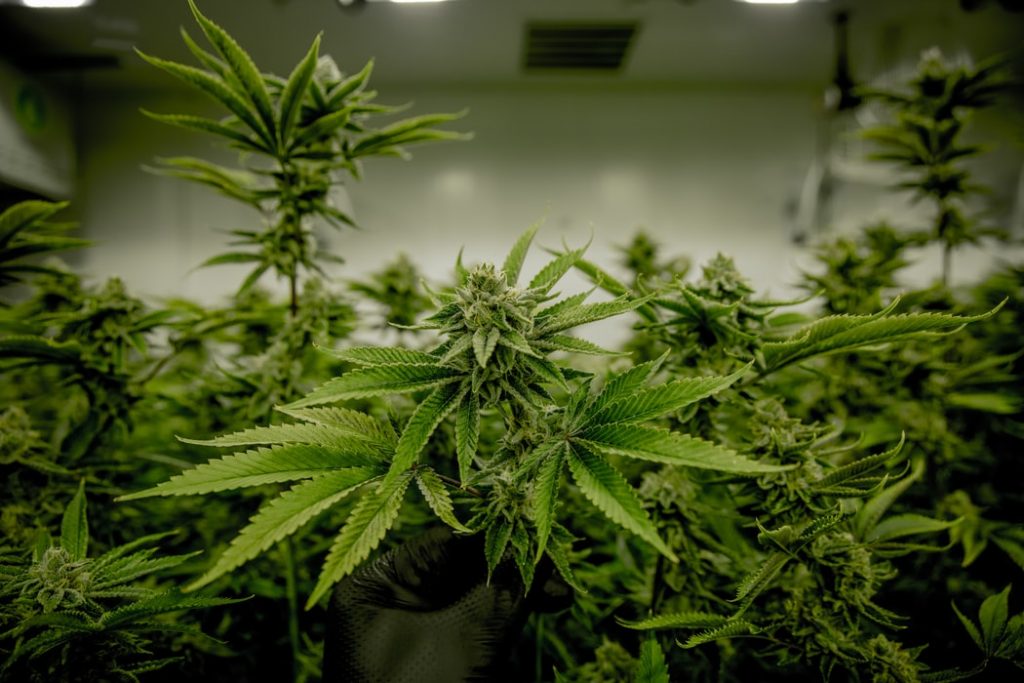Introduction:
Cannabis cultivation in Canada has seen significant growth since legalization. As growers seek optimal methods for producing high-quality cannabis, the debate between indoor and outdoor cultivation methods intensifies. Each approach comes with its own set of advantages and disadvantages, particularly in the Canadian climate. In this article, we’ll explore the pros and cons of indoor and outdoor cultivation for Canadian growers to help them make informed decisions about their growing operations.
Indoor Cultivation:
Indoor cultivation involves growing cannabis plants within a controlled environment, typically within a greenhouse or dedicated indoor facility. Here are the pros and cons of indoor cultivation for Canadian growers:

Pros:
- Climate Control: Indoor cultivation allows growers to control environmental factors such as temperature, humidity, and light intensity, which is particularly advantageous in regions with harsh or unpredictable weather conditions.
- Year-Round Production: With indoor cultivation, growers can maintain consistent production year-round, independent of seasonal changes, providing a more stable supply of cannabis products.
- Pest and Disease Management: Indoor environments offer greater control over pests and diseases, reducing the risk of infestations that can devastate outdoor crops.
- Quality Control: Indoor cultivation facilitates precise monitoring and management of plant health and growth parameters, leading to higher-quality cannabis with desirable characteristics such as potency, flavor, and aroma.
Cons:
- Higher Operating Costs: Indoor cultivation requires significant investments in infrastructure, including lighting, HVAC systems, and ventilation, leading to higher operational expenses compared to outdoor cultivation.
- Energy Consumption: Indoor cultivation consumes substantial amounts of electricity, primarily for lighting and climate control, contributing to environmental concerns and increasing production costs.
- Limited Sunlight: Despite artificial lighting systems, indoor cultivation may not fully replicate the intensity and spectrum of natural sunlight, potentially affecting plant development and cannabinoid profiles.
- Space Constraints: Indoor facilities have limited space compared to outdoor fields, restricting the scale of cultivation and potentially hindering expansion opportunities.
Outdoor Cultivation:
Outdoor cultivation involves growing cannabis plants in open-air environments, utilizing natural sunlight and soil. Here are the pros and cons of outdoor cultivation for Canadian growers:
Pros:
- Lower Production Costs: Outdoor cultivation requires minimal infrastructure and relies primarily on natural resources such as sunlight and rainwater, resulting in lower operational expenses compared to indoor cultivation.
- Sustainable Practices: Outdoor cultivation is generally considered more environmentally friendly, as it reduces energy consumption and carbon emissions associated with indoor facilities, aligning with sustainable farming practices.
- Sunlight Exposure: Outdoor-grown cannabis plants benefit from natural sunlight, which can enhance cannabinoid production, terpene profiles, and overall plant vigor, potentially resulting in higher-quality yields.
- Scalability: Outdoor cultivation offers the potential for larger-scale operations, as growers can leverage expansive outdoor spaces, allowing for increased production capacity and economies of scale.
Cons:
- Seasonal Limitations: Outdoor cultivation is subject to seasonal changes and weather patterns, with shorter growing seasons in regions with colder climates, limiting the ability to produce cannabis year-round.
- Pest and Disease Risks: Outdoor-grown cannabis is more susceptible to pests, diseases, and environmental stressors such as mold and mildew, requiring diligent monitoring and pest management strategies.
- Regulatory Challenges: Outdoor cultivation may face regulatory restrictions and zoning requirements, particularly regarding security measures and proximity to residential areas, potentially complicating licensing and compliance efforts.
- Quality Control: Outdoor-grown cannabis may exhibit variability in quality and potency due to environmental factors beyond growers’ control, necessitating careful strain selection and cultivation practices to maintain consistency.
Conclusion:
Indoor and outdoor cultivation methods each have their own set of advantages and challenges for Canadian growers. Indoor cultivation offers precise control over environmental conditions and year-round production but comes with higher operating costs and energy consumption. On the other hand, outdoor cultivation boasts lower production costs, scalability, and potential sustainability benefits but is subject to seasonal limitations and greater susceptibility to pests and diseases. Ultimately, the choice between indoor and outdoor cultivation depends on factors such as budget, climate, regulatory considerations, and desired product quality, with many growers opting for hybrid approaches that combine elements of both methods to optimize their operations.
